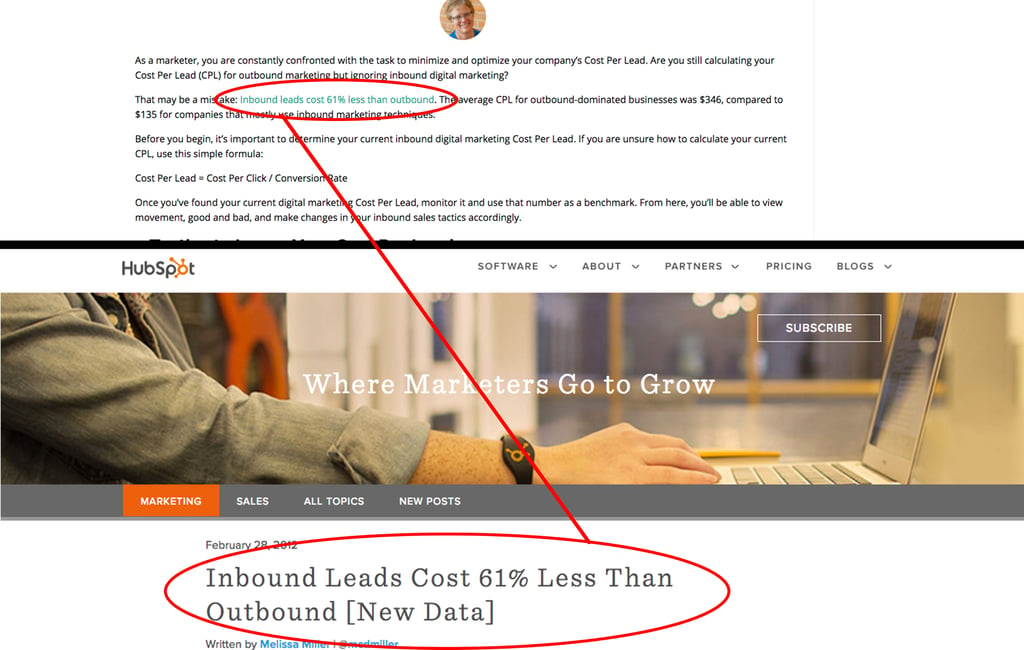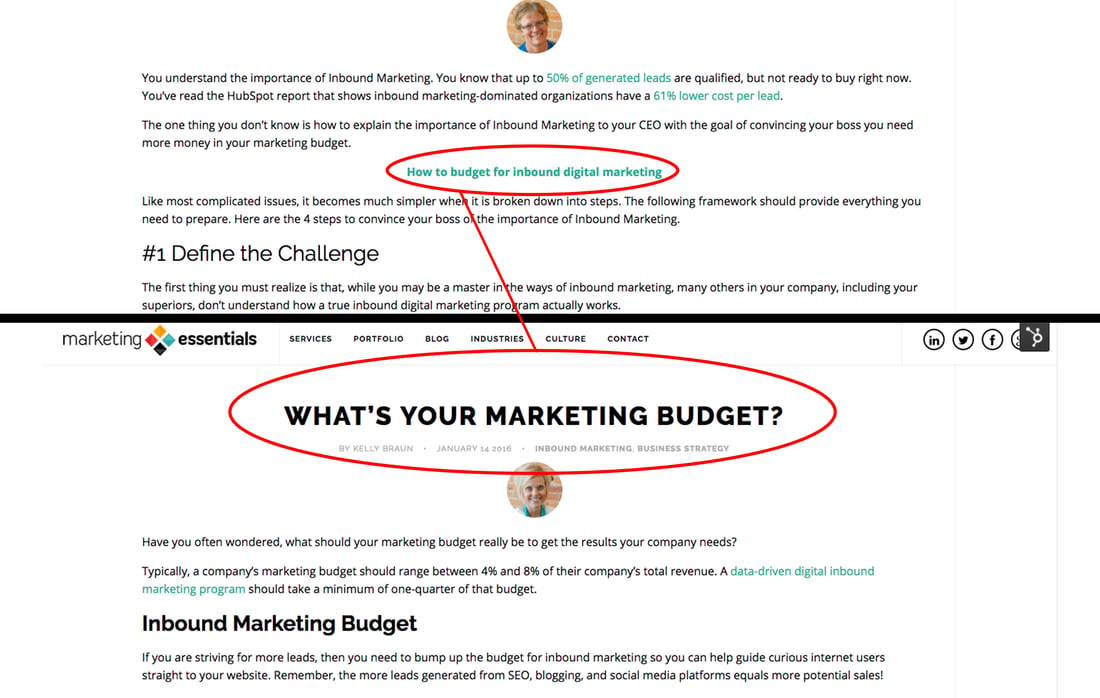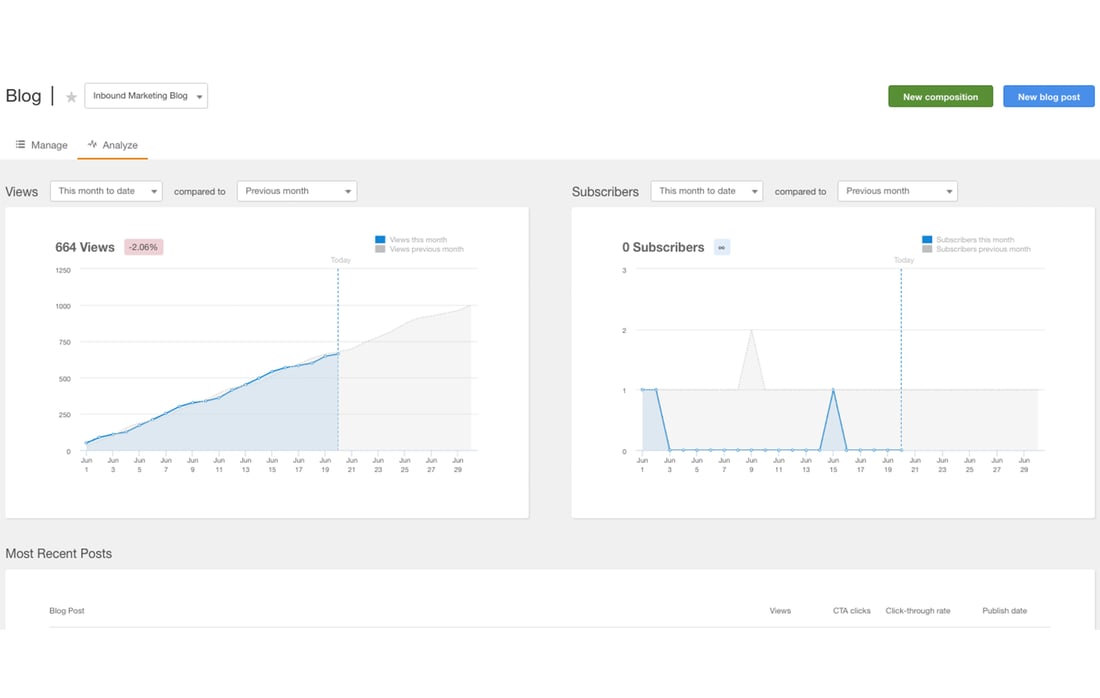You put a lot of effort into attracting visitors to your website, but how many of them convert?
You have a website and a digital marketing program, but you are not 100% sure that you are on target with your SEO. You know that the more often your URLs come up in search results, the more visitors – and leads – will make it to your funnel. Let’s clear up that muddy water with this step-by-step guide to search engine optimization.
Step 1 – Clearly define what you hope to accomplish
You cannot be sure that you have arrived at your goal unless you set milestones. Where are you today? Where would you like to be? Begin with general goals related to your business. Once we work through the process, you will feel more comfortable setting specific goals to guide your SEO strategy.
Step 2 – Create characters that represent your ideal clients

Just like the characters in your favorite sitcom, your ideal customers can be described by their characteristics. Personas are characters that represent each type of customer you want to attract. Here is a sample persona.
Age: 45 to 50
Income: $150,000 – $165,000
Education: BA, Finance
Experience: 15 years
Marital status: Married with 2 children
Hobbies: Watching action movies and sports
Objectives
- Purchase widgets that meet or exceed quality, price, and availability quantity requirements
- Identify and pursue opportunities for advancement
Challenges
- Constant pressure from leadership to decrease costs
- Rapid changes in technology make differentiation of products difficult
- Torn between continuing to use established supply chains or risk buying from off-shore sources
Step 3 – Identify probable search terms that relate to the concerns and interests of your personas
Would it make more sense to place an ad for new RVs or a professional photographer on a wedding planner site? Use the same type of logic to identify the keywords that your persona might use to find answers to his problems.
Use an online keyword research tool such as SERPs, MOZ, or Google AdWords Keyword Planner to find keywords that are relevant to your personas, have a significant volume in your desired location, and have an affordable cost-per-click (CPC) value. You will notice that longer phrases, or longtail keywords, often provide the best value.
Step 4 – Coordinate your keywords within your content
From the content on your home page to your blogs, social media posts, and advertising, all of your online communication should feature the keywords you have selected. Unlike past iterations, Google can now understand that happy means the same as glad, so it is not necessary to use keyword terms over and over in your content. The most important places to incorporate your keywords are in titles, URLs, and meta descriptions. Here is an example of a blog article that uses the keyword meta description in several places.
Step 5 – Include links to external resources in your content

By linking to trusted external sources, you add credibility to your assertions. Whenever possible, ask authoritative websites to include links to your website in their posts as well. Here is an example of an industry blog that references several external sources about this same topic.
Step 6 – Include links to other pages on your website

While it is a good way to lead your website visitors to additional content on related topics, including internal links in your content also helps your SEO rank. Be sure that the pages you link to are relevant to the words in your content that make up the link, and that the topic of content you are working on and the page you are linking to are related. Here is an example of an association blog that references other internal resources.
Step 7 – Drive traffic back to your website by commenting on relevant content on other websites.
One way to extend your reach is to increase your exposure. By reading and commenting on blogs that are popular in your industry, you can successfully draw visitors to your website. Here’s an example of a company that posted a link to an external article about an acquisition in the comments of a blog about the same topic.
Step 8 – Consistently publish content on every channel that may be of interest to your personas

It has long been said that content is king, but the importance of producing quality content – content that will be considered valuable enough to save and review again later and to share with personal and professional contacts – should be your ultimate goal. The more content you can publish, the faster it will improve your SEO performance.
Step 9 – Monitor your results

Google Analytics is just one of many tools that can be used to track who visits your web pages, what types of devices they are using, their geographic location, which pages they visit and for how long, how many visitors leave immediately after landing on a particular page, and what parts of your content interest them the most.
The greatest advantage that digital marketing provides is the ability to track and evaluate every detail of our efforts. No more shots into the dark. We can produce absolute proof of the success or lack thereof of our marketing strategy and tactics. Here is an example of a Google Analytics Dashboard.
10 – Make adjustments according to results
It is important to note that it takes time for your efforts to work. Google has spiders crawling the Internet, websites are indexed, and new content is being published every day. These recommendations will help you improve your SEO standing, but an inbound digital marketing program, orchestrated by a digital marketing agency will help you work smarter, not harder.
For a free 30-minute consultation with Patty Cisco, MBA, Principal of Marketing Essentials, contact us today online or at 419.629.0080.
Looking for New Ways to Increase Conversions?
We have prepared a series of proven design, content, social media and SEO tips that will transform more of your website visitors to leads.
Download 20 Day Quick Tips and Tricks to Higher Inbound Digital Marketing Conversion Performance today.




